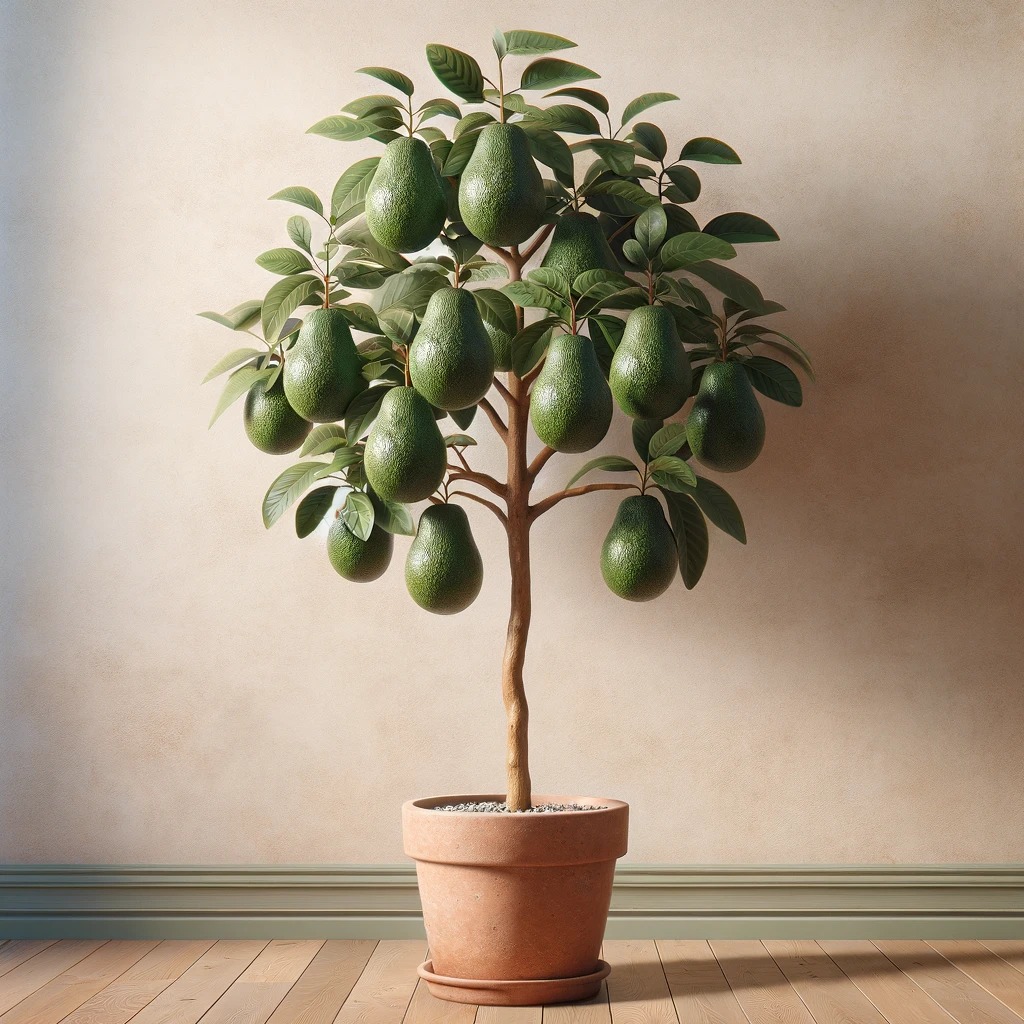
If you’ve ever tried sprouting an avocado seed at home, you know how challenging it can be to get a plant. Although it’s a somewhat lengthy process, growing avocado at home like any other plant is indeed possible.
The avocado tree thrives in warmer areas, as it needs heat to grow properly. However, it can be cultivated even in colder zones if protected from cold and frost.
Here are the basic care tips for cultivating an avocado plant in a pot to ensure it grows healthy and strong.
1. Proper Germination
Thoroughly clean the avocado seed and pierce it with four toothpicks, allowing it to sit in water with the pointed end facing upward. Change the water once a week to prevent rot.
The seed will take about three weeks to sprout. The ideal time for growing avocados is spring. Once the first leaves appear, it’s ready to be planted in a pot.
2. Pot Size
In areas where the temperature often drops below 10°C, it’s recommended to plant avocados in a pot that can be kept indoors. Avocado is very susceptible to cold.
If you live in a temperate climate with mild winters, you can use a slightly larger pot.
3. Ideal Soil
Avocado needs acidic soil with a pH from 5 to 7. The ideal mix comprises equal parts peat, coconut fiber, and worm humus. Finally, add a handful of perlite to ensure proper soil aeration.
The soil must also drain water well. Avocado is susceptible to waterlogging.
4. Basic Care
- Cold: Move the plant indoors and place it near a window to ensure the right amount of light. If you decide to keep it outside, cover it with a thermal sheet.
- Warm: Use a shade cloth to provide shade and prevent the sun from scorching the delicate leaves.
- Watering: The pot must have good drainage. If water is lacking, the leaves will show brown spots on the tips.
5. Fertilization
Add fertilizer during the warmer periods of the year, i.e., when the plant develops and forms shoots.
You can use the same worm humus you used for the soil mix. Just place it on the pot’s surface.
6. First Pruning
After about a year, the avocado will reach a height of about 60 centimeters. It’s advisable to trim the ends to facilitate branching and prevent it from growing in one direction.